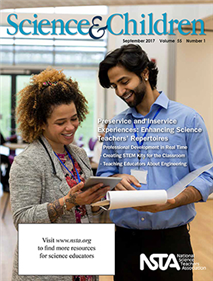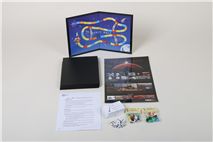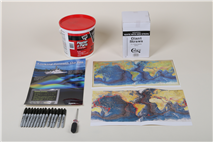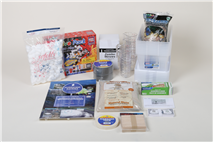All Literacy resources
Journal Article
The Poetry of Science: What Do Scientists Do?
Building literacy in playful, meaningful ways. Students use poetry to learn about Rachel Carson. ...
Blog Post
How NGSS and CCSS for ELA/Literacy Address Argument
In the summer of 2015, I observed an elementary science teacher from an NGSS-adopted state who made a presentation to her cohort of close to 100 K–12 science teacher leaders and administrators from schools, districts, and the state. After presentin...
By Cindy Workosky
Journal Article
The Poetry of Science: The Math of Science
Building literacy in playful, meaningful ways. Use this poem to point out that scientists use clocks, timers, and stopwatches to collect and record information....
Journal Article
Methods and Strategies: Ask the Right Question
This column provides ideas and techniques to enhance your science teaching. This month’s issue shows how teachers can use literature and higher-level thinking questions to enhance science instruction....
Journal Article
Teacher's Toolkit: Interactive word walls: Visual Scaffolds That Transform Vocabulary Instruction
This column provides how-to strategies and practical advice for the science teacher. This month’s issue describes how middle school teachers can use interactive word walls to increase their students’ ability to learn and effectively use the langu...
NSTA Press Book
Picture-Perfect STEM Lessons, 3-5: Using Children’s Books to Inspire STEM Learning
"Teachers in our district have been fans of Picture-Perfect Science for years, and it’s made a huge impact on how they fit science into their school day. We are so excited to do more of the same with these Picture-Perfect STEM books!"—Chris Gible...
By Emily Morgan, Karen Ansberry
Blog Post
Using the Crosscutting Concepts to Scaffold Student Thinking
At the recent NSTA National Conference in Los Angeles, three-dimensional learning was, of course, a major topic of discussion. When those discussions focus on classroom instruction, though, the crosscutting concepts are often the forgotten dimension....
By Cindy Workosky
Blog Post
Introducing Crosscutting Concepts in the Elementary Grades
Four years ago, I moved from teaching middle school science to teaching grades 2–5 STEAM (science, technology, engineering, art, and mathematics) labs. One of the biggest challenges I faced was limited lab time in our elementary school. Because we ...
By Cindy Workosky
Class Pack
Space Exploration ClassPack: Grades 3-5
Using Picture-Perfect STEM Lessons: 3-5: Using Children’s Books to Inspires STEM Learning in your classroom is easier than ever! NSTA’s ClassPacks, each sufficient for a class of 28 students, are lesson-specific collections of materials—an unma...
Class Pack
Solving the Puzzle ClassPack: Grades 3-5
Using Picture-Perfect STEM Lessons: 3-5: Using Children’s Books to Inspires STEM Learning in your classroom is easier than ever! NSTA’s ClassPacks, each sufficient for a class of 28 students, are lesson-specific collections of materials—an unma...
Class Pack
Hurricane ClassPack: Grades 3-5
Using Picture-Perfect STEM Lessons: 3-5: Using Children’s Books to Inspires STEM Learning in your classroom is easier than ever! NSTA’s ClassPacks, each sufficient for a class of 28 students, are lesson-specific collections of materials—an unma...








